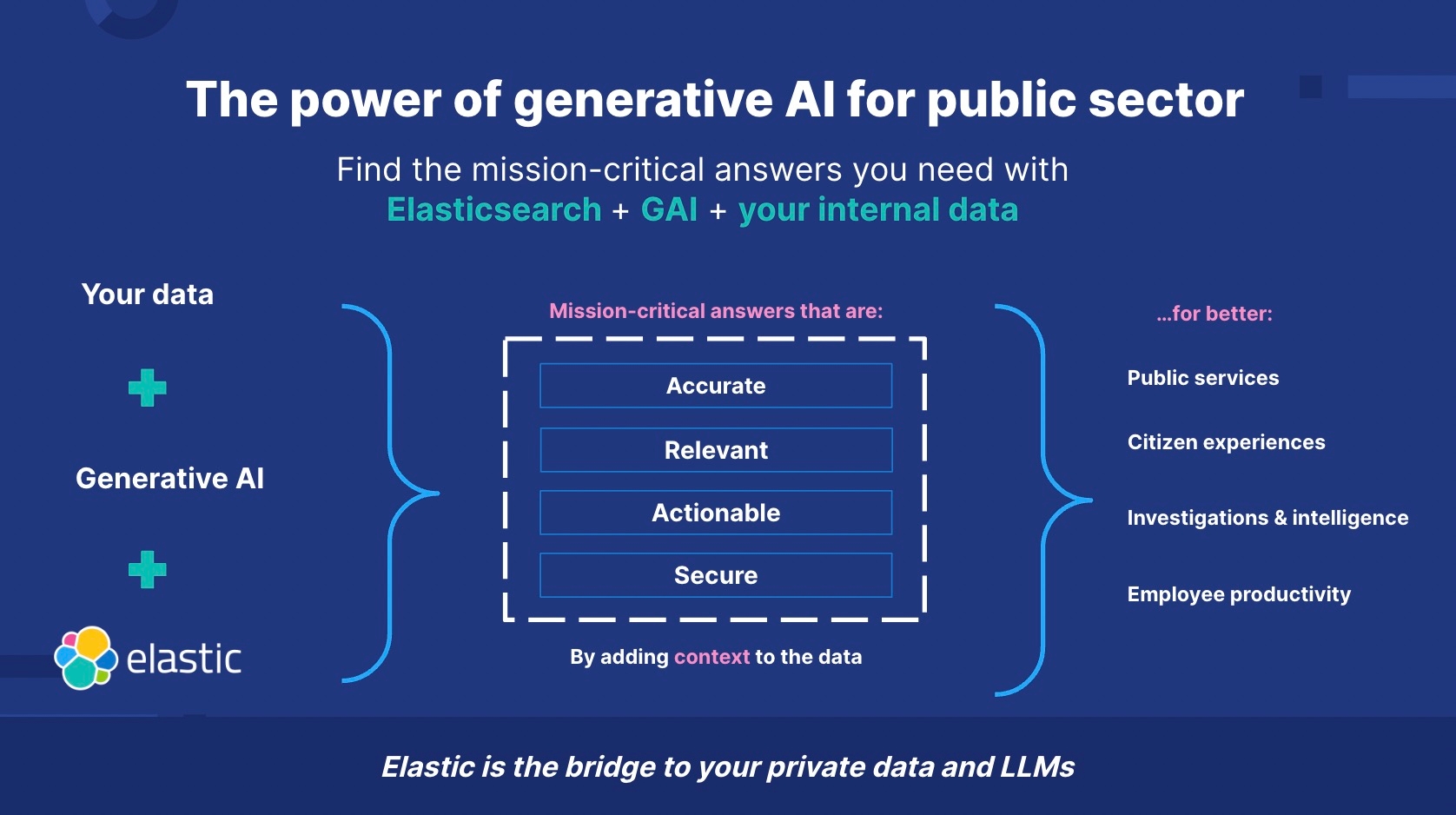All Categories
Featured
That's why many are carrying out vibrant and smart conversational AI models that clients can connect with through text or speech. GenAI powers chatbots by recognizing and producing human-like text responses. In addition to customer care, AI chatbots can supplement advertising efforts and support internal communications. They can likewise be integrated right into internet sites, messaging applications, or voice aides.
Many AI firms that educate huge versions to create text, pictures, video, and sound have actually not been clear about the web content of their training datasets. Various leakages and experiments have actually disclosed that those datasets include copyrighted material such as publications, newspaper articles, and flicks. A number of lawsuits are underway to establish whether use of copyrighted product for training AI systems constitutes reasonable usage, or whether the AI firms require to pay the copyright holders for usage of their product. And there are of course many groups of negative things it might theoretically be utilized for. Generative AI can be made use of for tailored scams and phishing assaults: For instance, using "voice cloning," scammers can copy the voice of a certain person and call the individual's family with an appeal for assistance (and cash).
.png)
(On The Other Hand, as IEEE Range reported today, the U.S. Federal Communications Payment has actually responded by outlawing AI-generated robocalls.) Photo- and video-generating tools can be used to create nonconsensual pornography, although the devices made by mainstream companies forbid such usage. And chatbots can theoretically walk a prospective terrorist via the steps of making a bomb, nerve gas, and a host of other horrors.
What's even more, "uncensored" variations of open-source LLMs are around. Despite such prospective issues, many individuals assume that generative AI can likewise make people more efficient and could be made use of as a device to make it possible for totally brand-new forms of creativity. We'll likely see both catastrophes and innovative bloomings and lots else that we do not expect.
Discover much more regarding the math of diffusion designs in this blog site post.: VAEs contain two semantic networks typically described as the encoder and decoder. When offered an input, an encoder transforms it into a smaller, extra thick representation of the information. This pressed representation protects the info that's needed for a decoder to reconstruct the original input data, while throwing out any kind of unimportant info.
How Is Ai Revolutionizing Social Media?
This permits the customer to quickly example brand-new unexposed representations that can be mapped through the decoder to produce novel data. While VAEs can generate outcomes such as pictures faster, the photos generated by them are not as described as those of diffusion models.: Discovered in 2014, GANs were thought about to be the most commonly used technique of the 3 before the current success of diffusion versions.
Both designs are trained together and obtain smarter as the generator generates far better web content and the discriminator obtains much better at identifying the produced content. This treatment repeats, pressing both to constantly improve after every iteration till the produced material is tantamount from the existing content (How does AI understand language?). While GANs can offer top notch examples and produce results swiftly, the sample diversity is weak, therefore making GANs better suited for domain-specific information generation
Among the most preferred is the transformer network. It is essential to comprehend exactly how it functions in the context of generative AI. Transformer networks: Comparable to reoccurring semantic networks, transformers are designed to refine sequential input data non-sequentially. 2 systems make transformers specifically experienced for text-based generative AI applications: self-attention and positional encodings.
Generative AI begins with a structure modela deep understanding model that serves as the basis for multiple different kinds of generative AI applications. Generative AI devices can: React to triggers and inquiries Produce pictures or video Summarize and synthesize info Revise and modify material Create creative works like musical structures, stories, jokes, and poems Compose and deal with code Control data Develop and play games Abilities can differ dramatically by tool, and paid variations of generative AI tools frequently have specialized features.

Generative AI devices are continuously learning and advancing yet, as of the day of this magazine, some restrictions include: With some generative AI devices, regularly integrating genuine research study into text continues to be a weak capability. Some AI devices, for example, can generate text with a recommendation checklist or superscripts with web links to resources, but the recommendations typically do not represent the message created or are phony citations constructed from a mix of real publication info from multiple resources.
ChatGPT 3.5 (the cost-free variation of ChatGPT) is educated utilizing data offered up until January 2022. ChatGPT4o is trained using data available up till July 2023. Various other tools, such as Bard and Bing Copilot, are constantly internet linked and have access to current info. Generative AI can still compose potentially inaccurate, oversimplified, unsophisticated, or biased reactions to inquiries or triggers.
This list is not thorough however features some of the most widely utilized generative AI tools. Devices with totally free versions are indicated with asterisks. (qualitative research AI assistant).
Latest Posts
How Does Ai Contribute To Blockchain Technology?
Ai In Daily Life
Ai And Seo